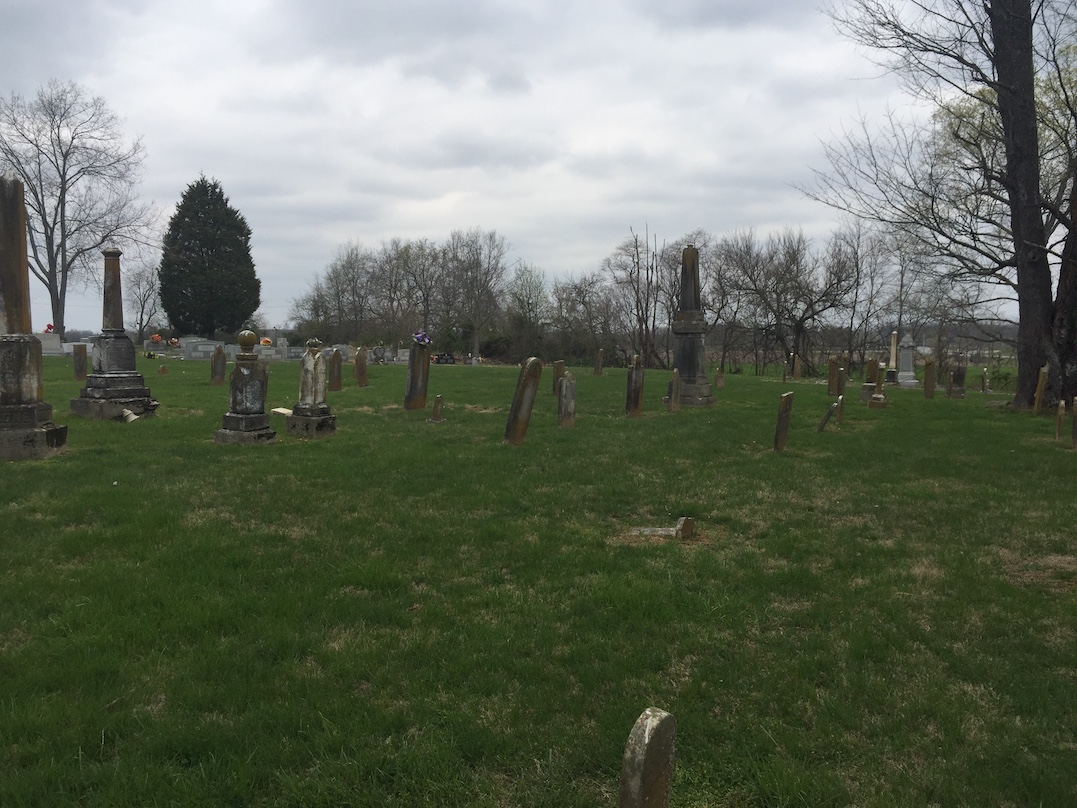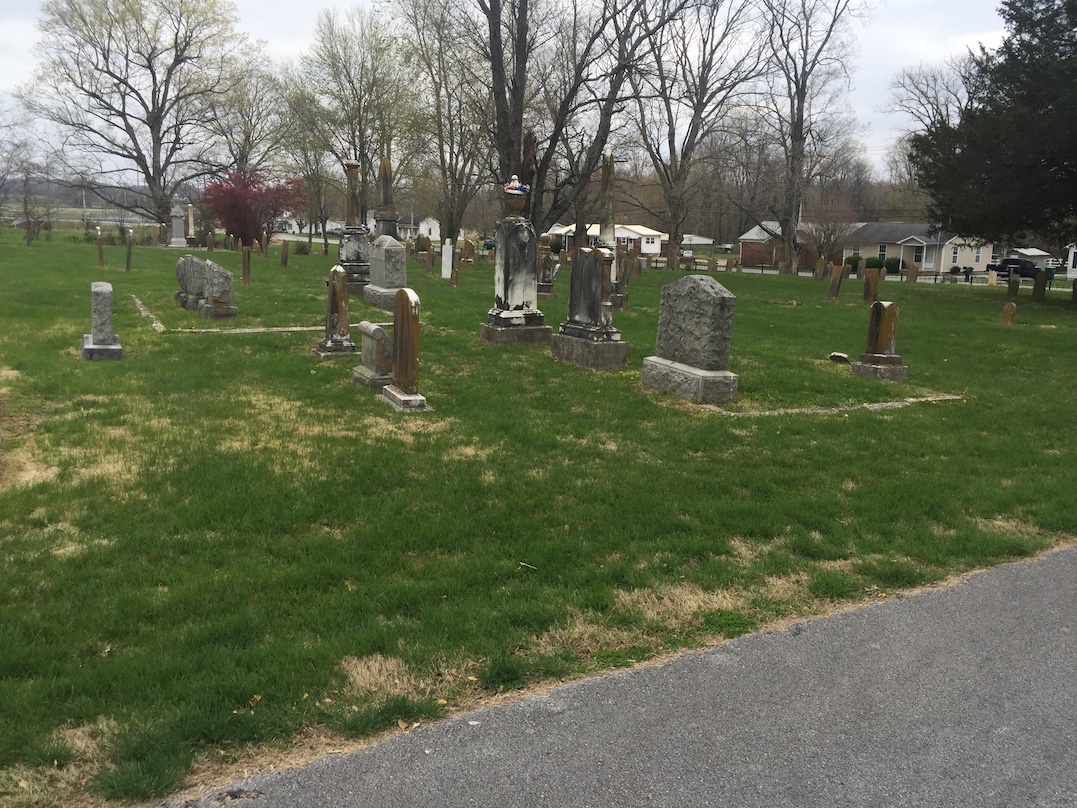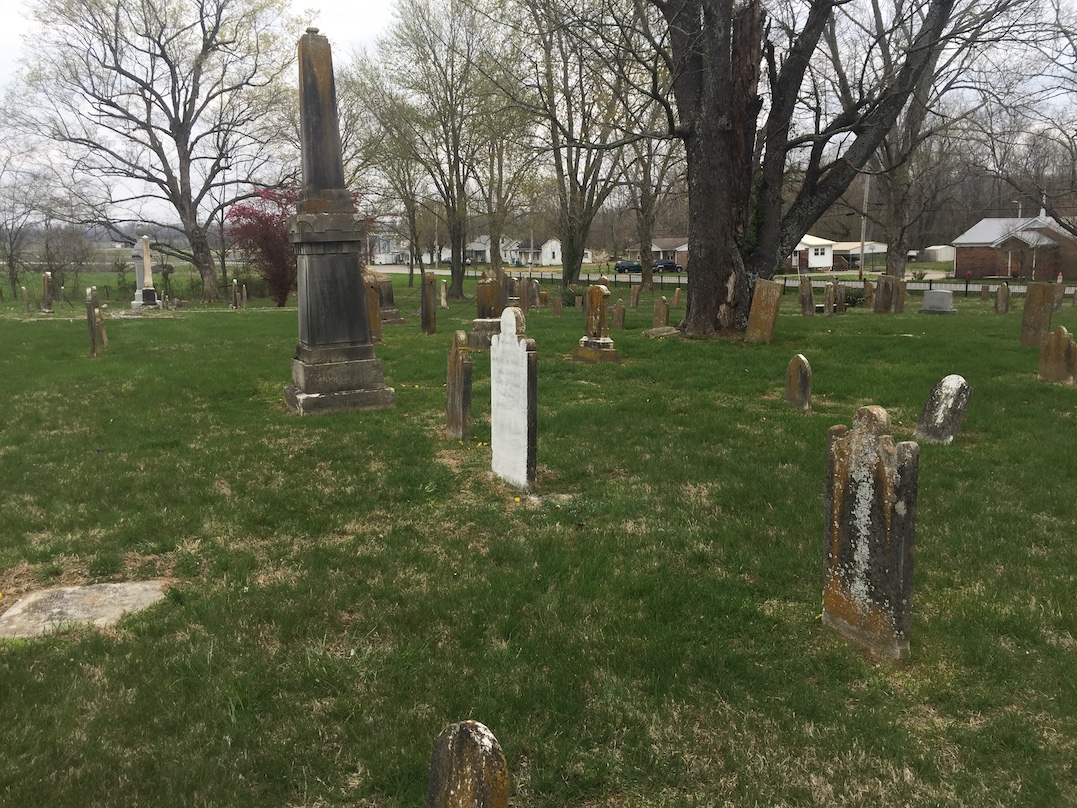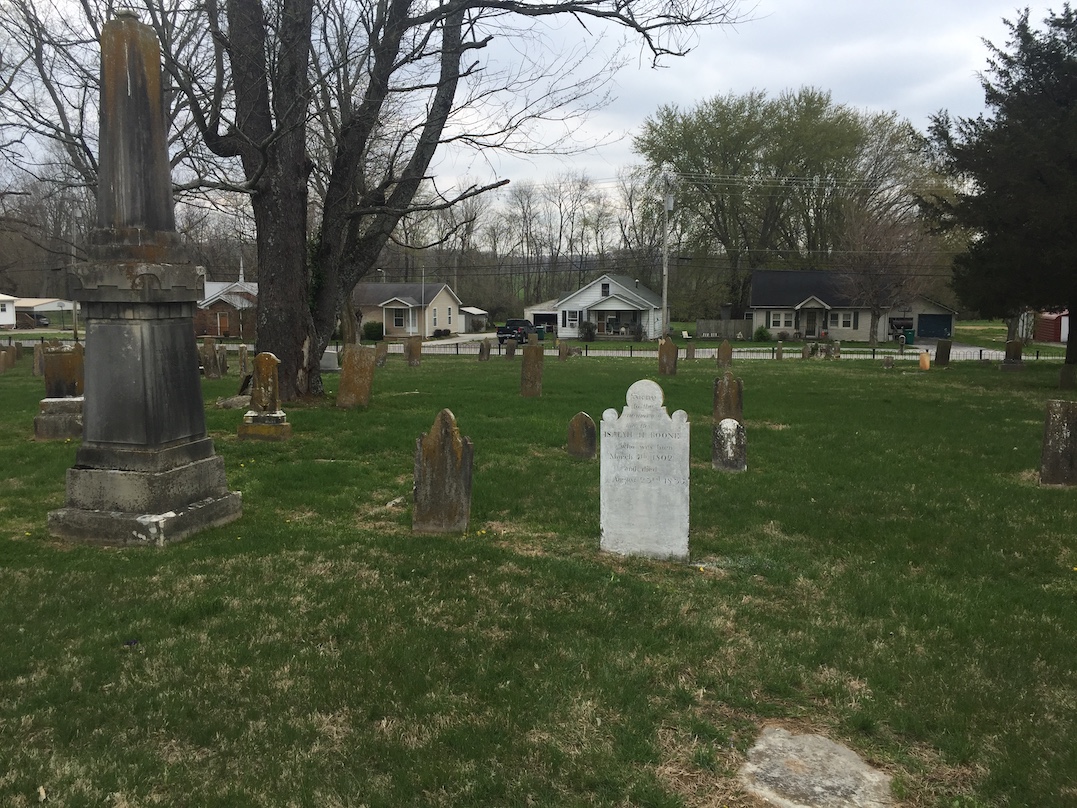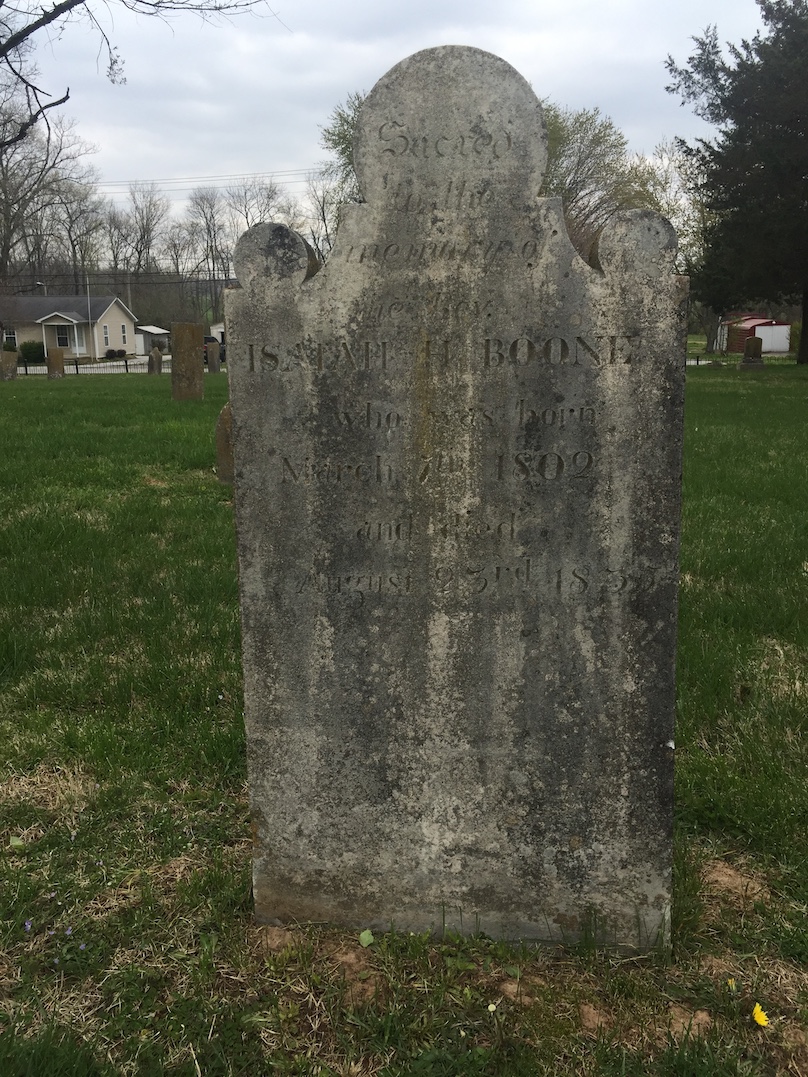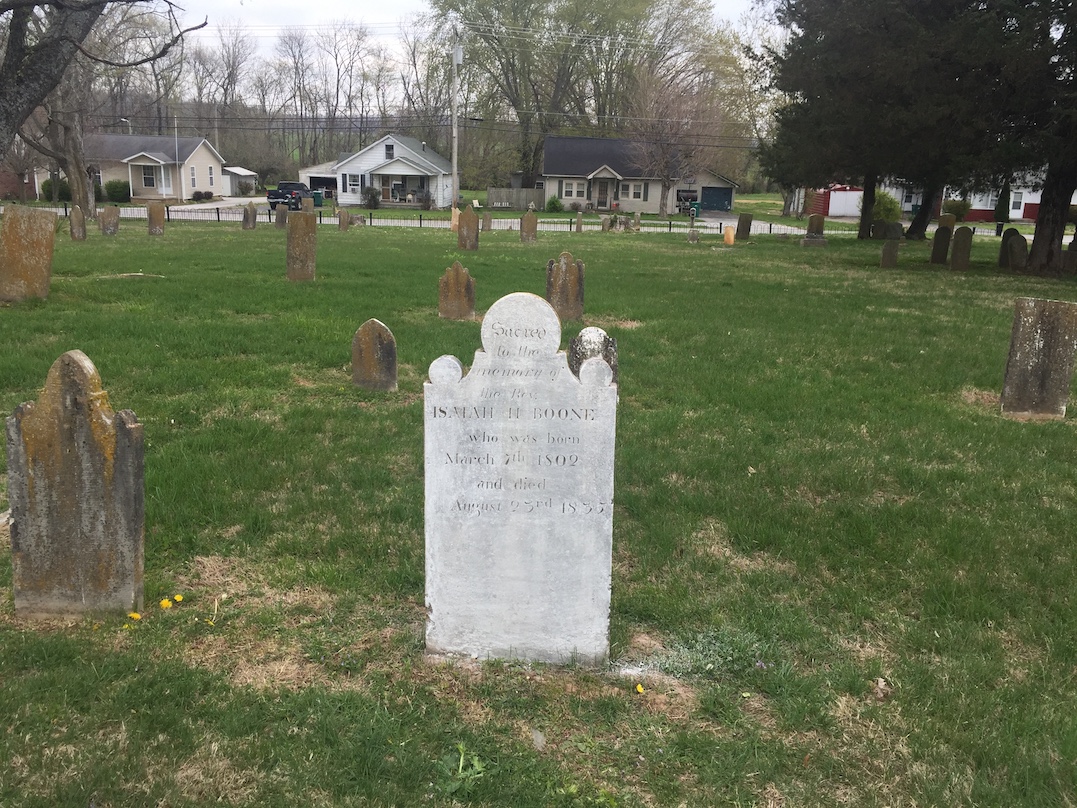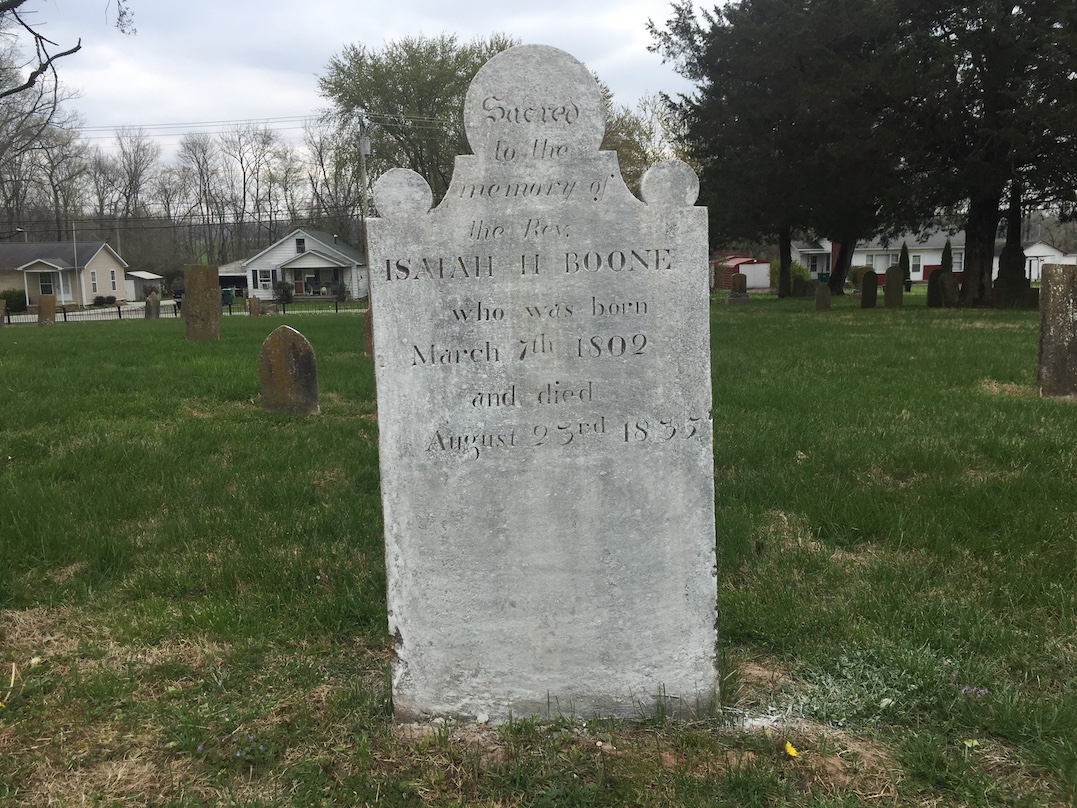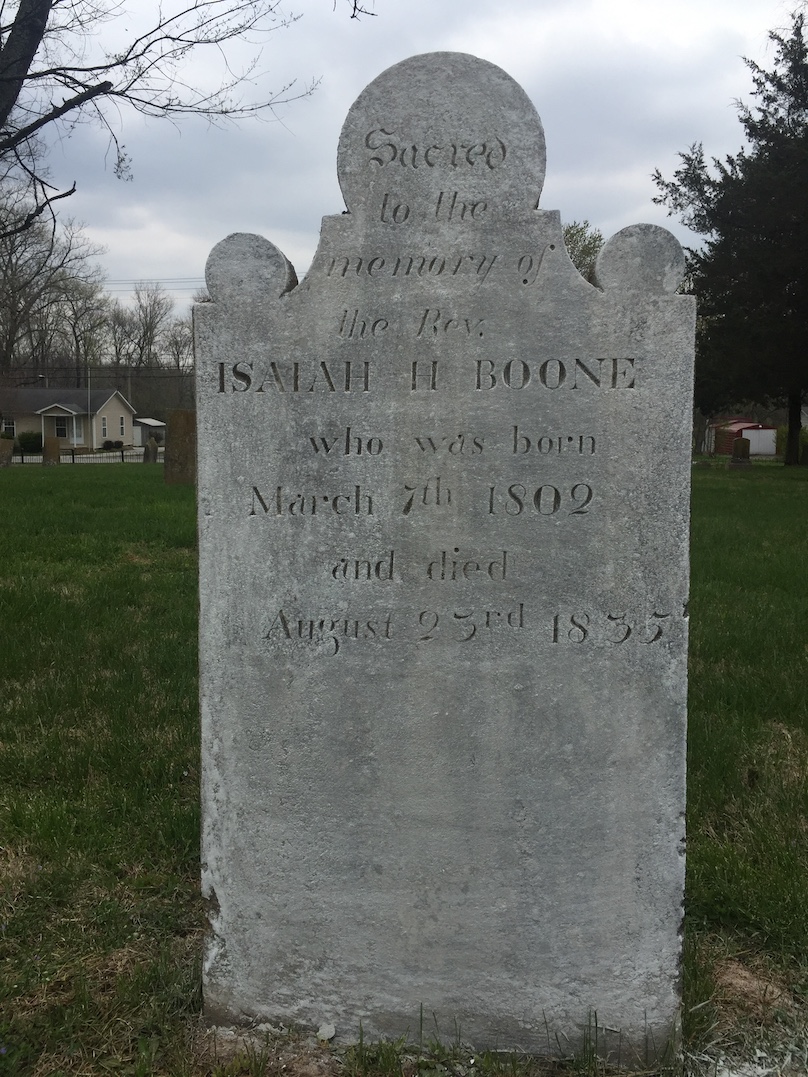Isaiah Henry Boone
1802-1835
![]()
The Life of Isaiah Boone
Isaiah Henry Boone was born March 7, 1802. He was the son of a Primitive Baptist Church preacher by the name of Squire William Boone (1760-1870) and Anna Mourning Grubbs (1766-1843). The name “Boone” is of great note in Kentucky state history. Most noted was the great explorer, Daniel Boone (1732-1825). Isaiah’s grandfather, and eldest brother of Daniel, was Samuel Boone (1728-1808). The Boones were a pious and very religious family. Isaiah’s father, Squire William Boone (1760-1817), was a well-respected Primitive Baptist preacher in Todd and Christian County, Kentucky. He had thirteen children, one of whom, Dr. Levi Day Boone (1808-1882), was at one time mayor of Chicago, Illinois.
With such devotion to the Christian life, it is easy to see how Isaiah was influenced to not only become a follower of Jesus, but like his father, became a Baptist preacher. He had an older brother, Thomas Boone (1785-1855), who was a well known Baptist minister who preached at the Lulbegrud Baptist Church in Montgomery County, Kentucky.
In T.P. Haley’s book, Historical and Biographical Sketches of the Early Churches And Pioneer Preachers of the Christian Church in Missouri, there is a letter written to him from Oregon County, Missouri by the hand of W.D. Calloway. It was written January 6, 1884, and Calloway was a seventy-nine year old man. He wanted to give Haley his recollections of the early years of when his father and others came under the influence of Joel H. Haden, Alexander Campbell and others. He spoke of a school started by Haden when he went into Christian County, Kentucky, around 1817. The area was said to be “six and ten miles south of Hopkinsville.”
One of the young men in the school was John O. Scott, who took the position, “that all of our knowledge of God, all our knowledge of the Christian religion we had, we learned from the Divine Word, when Haden and all the school rose up in opposition and banished him from the school. Haden named it ‘Book Religion.’ In consequence Scott was the first man to endorse the ‘Christian Baptist’ when it made its appearance, together with Campbell, Doddridge’s Translation. It was said of brother Haden that he had not his eyes entirely open when he left Kentucky for Missouri, but all the churches he and others had organized in the county embraced the ‘book religion’ as soon as they got to understand it. Prominent among those was brother Col. John Thomson, Brother J. W. McGarvey's grandfather. A brother Isaiah Boone, a Baptist, was preaching near brother Thomson and went to spend the night with him. The next morning Bro. Thomson urged brother Boone to take the new translation home with him and read it. He refused, but said perhaps he might do so when he should come again. When the day came brother Thomson folded it in a paper, and Brother Boone said to me, 'I crammed it down in the bottom of my saddle bags and was afraid to let my wife see it, so I hid it when I went home. The next Sunday it rained so I could not go to my appointment. While my wife was asleep I stole out the book and went into the woods and laid it on a rock and lay down by it. The first thing I saw was the preface to the Hebrew letter, which I read carefully. Then I turned to the letter, which I had never been able to comprehend. As I read a ray of light burst upon me. I saw what I never could see before. I turned over on my back and shouted with all my might. After that I did not care who knew I had the book." (Haley, pages 187-188)
From this, pinpointing the exact time of Isaiah Boone’s transition from Baptist to the Restoration Movement would be around mid to late 1827 or 1828, as “the Campbell, Dodderidge’s Translation” mentioned was a reference to Campbell’s, “The Living Oracles” New Testament translation which was published around the spring of 1827. Within a short time, Isaiah found himself embroiled with regular Baptists over Campbell's influence. The result was a rupture in the Bethel Baptist Association. Numbered among the Reformers, Boone sought to build up the body who had determined baptism for the remission of sin moved the alien sinner to the saved of God. The small body struggled, but grew amidst great preaching.
In November 1832, the Christian Church was organized in Hopkinsville, Kentucky. A small band of Barton W. Stone’s Christians met in the area. With the merger of Christians and Reformers (Disciples of Christ) in Lexington at the beginning of the year, efforts had been made to reach out far and wide to determine ways unity could prevail in all locales. Hopkinsville was no different. With the assistance of Isaiah Boone, Dr. A. Adams, and William Davenport, a unity meeting was held. The first members were Miles Gray, R.S. Dulin, Thomas Poindexter, Phoebe Poindexter, Martha Williams, Samuel Calloway, Athelia Calloway, Samuel Harry, Mary Harry, George Poindexter, Joseph Stewart, Charles Stewart, B.F. Shields. Elizabeth Shipp, B.T. Wood, and Eliza Rowland. At a meeting in December, elders were appointed: R.S. Dulin. Miles Gray, and S.W. Calloway. (Counties of Christians and Trigg, Kentucky, Williams Henry Perrin, c.1884, p.233) Boone became the first preacher. He was said to be, “an orator and a fearless champion of the ancient gospel.” (John T. Brown, Churches of Christ, c. 1904, p.554).
In a letter written to Alexander Campbell at The Millennial Harbinger, Elder Isaiah Boone was described as, “a close, logical reasoner; a man of fine fancy; of warm feeling; of great patience; communicative and instructive in private intercourse; fond of innocent satire. In his public exhibitions he shows himself a master workman. The cogency of his reasoning, the beauty of his imagery, his happy illustrations, added to his fine flowing language, elevate him in the estimation of all. The beauties of the gospel appear of late to have burst upon his mind like a column of light, and he seems enraptured with its glories. I have heard him upon faith, the work of the Holy Spirit in the salvation of man, and the all-sufficiency of the word. On these subjects, and many others, he is like Sampson among the Philistines. He has come out full in favor of Reformation. He is truly an eloquent man, and mighty in the Scriptures. (Stephen, MH, 1930, p.427)
Research has not determined the reason why at the age of thirty-three this great man of God succombed to death. Yet, like many who have gone before and since, death found him in too young an age, on the 23rd of August, 1835. Notices were sent to the Christian Messenger and the Millennial Harbinger, noted below. Burial followed in the town cemetery in Elkton, Todd County, Kentucky.
-Scott Harp, 01.11.2020
![]()
Notice of the Death of Isaiah Boone
For the Christian Messenger.
HILLSBORO, Nov. 9th, 1835.
ELDER B. W. STONE:— Today I received intelligence of the death of Isaiah Boone, one of the most zealous pleaders of the present reformation. He died triumphing in the principles, which be so zealously maintained, at his residence in Christian county, Ky. on the 23d of August last. He had previously been a highly respectable member of the Baptist church, and for the truth's sake suffered persecution in coming out in defense of the Bible. The last scene of his life was truly effecting, says my informant.— He called his family to his bedside and said "I give you to God, who gave you to me; and to my faithful brethren in the Lord," who were then present: he then took
one of his brethren in his arms, who was a deacon in his church, and exhorted him to be faithful to the flock over which he presided, and to all present he gave a charge to prepare to meet God. All present were constrained to say, they never witnessed such a scene before.
Respectfully yours,
R. O. WARRINER.
-Christian Messenger, Vol. 9, Number 11, November 1835, page 261. Note: A similar report from R.O. Warriner appeared in the Millinnial Harbinger, Vol. 12, No. 5, 1835, page 575.
![]()
Directions To Grave
Glenwood Cemetery is located in Todd County, Kentucky's county seat, Elkton. One traffic light is located on 68-80, the four-lane in and out of Elkton, sometimes referred to as the bypass. At the traffic light head toward town, and the cemetery is on your right. The oldest section of the cemetery will be found at the first entrance on your right. Head in and before the road curves to the left stop the car and head into the section to your right where there are several obelisk monuments. Look for one of the largest in the direction of a big cedar tree, and just before it is the monument of Isaiah Boone. Photos below will help, and GPS is of the actual location of the grave. While visiting the cemetery be sure and visit the grave of a much later preacher in the area, William Ellison Mobley.The actual GPS location of the grave of Isaiah Boone is: 36°49'06.9" N 87°09'07.8" W / or D.d. 36.818592,-87.152175
![]()
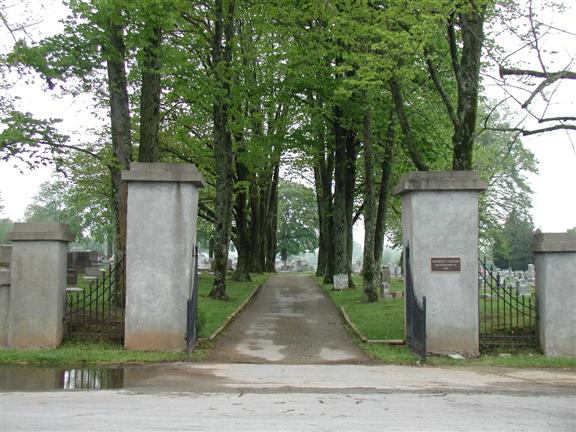
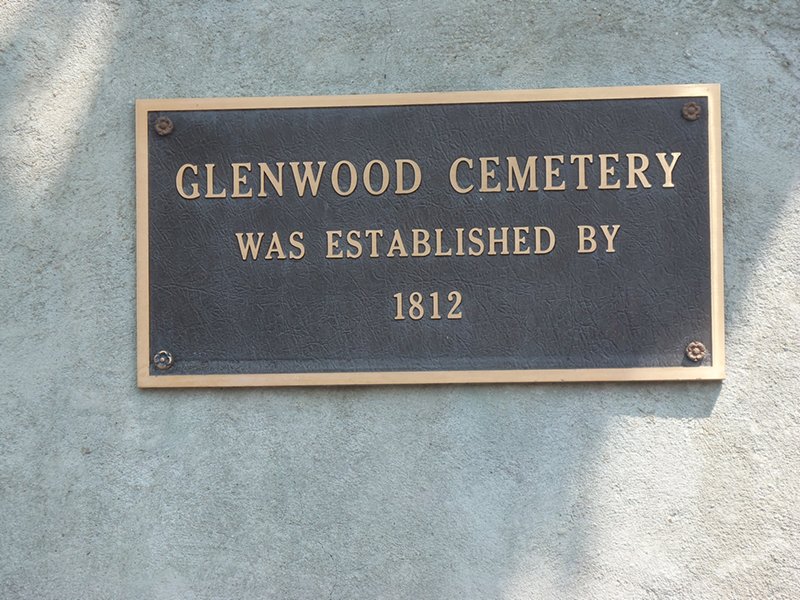
Sacred
to the
memory of
the Rev.
Isaiah H. Boone
who was born
March 7th, 1802
and died
August 23rd 1935
![]()
Photos Taken 04.2018
Webpage produced 01.11.2020
Courtesy Of Scott Harp
![]()
